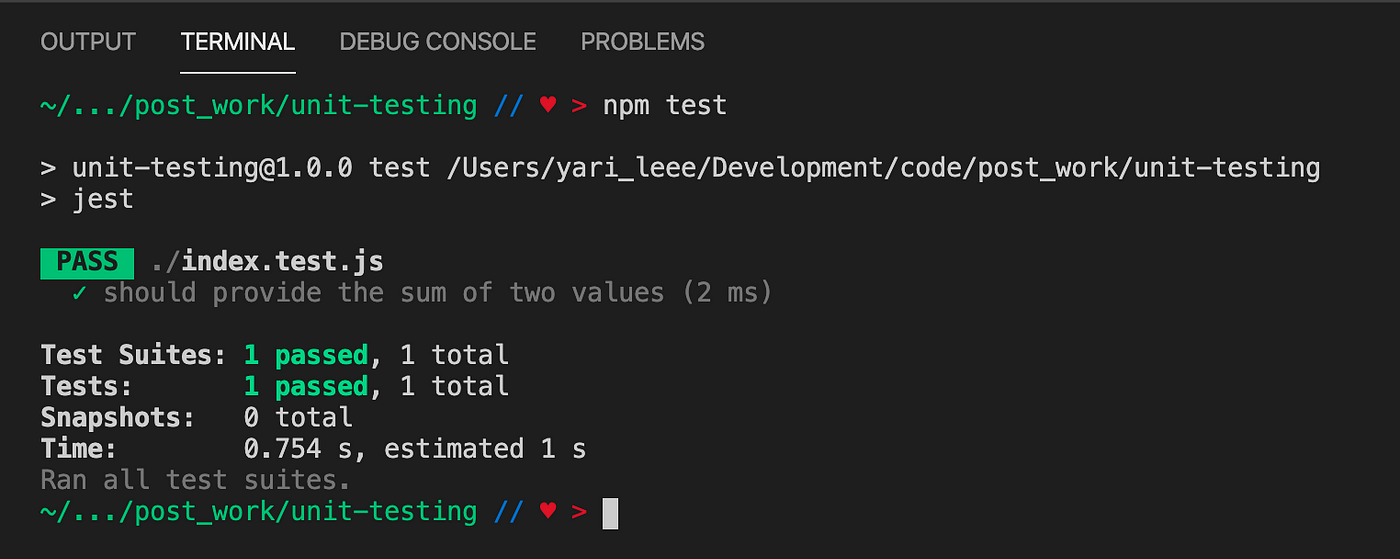Unit testing is a crucial practice in software development that helps ensure your code is reliable, maintainable, and bug-free. In the JavaScript ecosystem, Jest and Mocha are two of the most popular testing frameworks that can help you achieve comprehensive test coverage. This blog post will introduce you to unit testing with Jest and Mocha, comparing their features and providing a guide to getting started with each.
1. Introduction to Unit Testing
Unit testing involves testing individual units or components of your codebase in isolation to verify that each part functions correctly. By running unit tests, you can catch bugs early, improve code quality, and make refactoring safer. In JavaScript, unit testing is typically done using frameworks that provide tools for writing and executing tests.
2. Jest: A Comprehensive Testing Framework
Jest is a widely-used testing framework developed by Facebook. It is designed to work seamlessly with React but can also be used with any JavaScript application. Jest provides a robust set of features, including:

- Zero Configuration: Jest works out of the box with minimal setup.
- Snapshot Testing: Capture the state of a component or function and compare it with future versions to detect unexpected changes.
- Mocking: Easily mock functions and modules to isolate and test components.
- Built-in Assertion Library: Includes built-in matchers for assertions, eliminating the need for an external assertion library.
Getting Started with Jest:
- Install Jest:
bash
npm install --save-dev jest
- Configure Jest: Add a test script to your
package.jsonfile:json"scripts": {
"test": "jest"
}
- Write a Test: Create a test file (e.g.,
sum.test.js) with the following content:javascriptconst sum = (a, b) => a + b;test('adds 1 + 2 to equal 3', () => {
expect(sum(1, 2)).toBe(3);
});
- Run Tests: Execute your tests with:
bash
npm test
3. Mocha: A Flexible Testing Framework
Mocha is another popular testing framework that provides flexibility and a variety of plugins. It is known for its simplicity and ease of integration with other testing tools. Key features of Mocha include:
- Customizable: Allows you to choose your assertion library and mocking tools.
- Support for Different Testing Styles: Supports BDD (Behavior-Driven Development) and TDD (Test-Driven Development) styles.
- Asynchronous Testing: Handles asynchronous code effectively with support for promises and callbacks.
Getting Started with Mocha:
- Install Mocha:
bash
npm install --save-dev mocha
- Install an Assertion Library (e.g., Chai):
bash
npm install --save-dev chai
- Write a Test: Create a test file (e.g.,
test.js) with the following content:javascriptconst chai = require('chai');
const expect = chai.expect;const sum = (a, b) => a + b;
describe('Sum Function', () => {
it('should add 1 + 2 to equal 3', () => {
expect(sum(1, 2)).to.equal(3);
});
});
- Run Tests: Execute your tests with:
bash
npx mocha
4. Jest vs. Mocha: Which One to Choose?
Both Jest and Mocha are powerful tools, but they have different strengths:
- Jest is an all-in-one testing framework with built-in mocking, snapshot testing, and a rich set of features. It is a great choice if you want a straightforward, opinionated testing setup with minimal configuration.
- Mocha offers more flexibility and can be customized to fit various testing needs. It allows you to choose different assertion libraries and testing styles, making it ideal for projects that require specific configurations or integrations.
5. Conclusion
Unit testing is an essential part of maintaining robust and reliable JavaScript applications. By using frameworks like Jest and Mocha, you can ensure your code behaves as expected and catch issues early in the development process. Whether you choose Jest for its comprehensive feature set or Mocha for its flexibility, integrating unit testing into your workflow will lead to higher quality code and a more maintainable codebase.
Implementing unit tests with these frameworks will help you build more reliable software and provide peace of mind that your code is functioning correctly. Happy testing!











